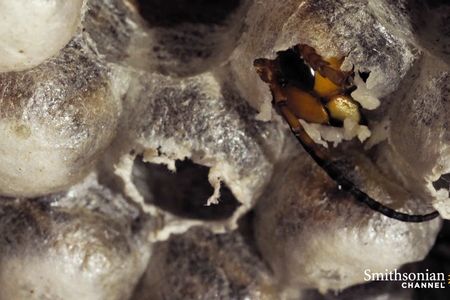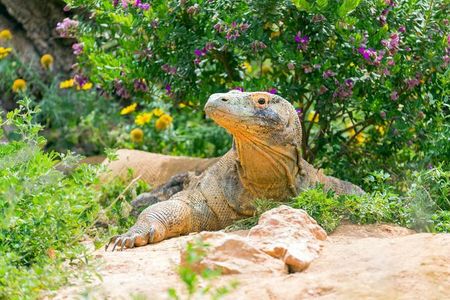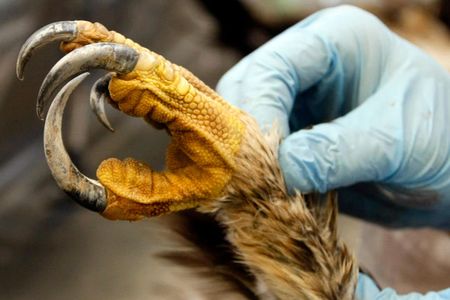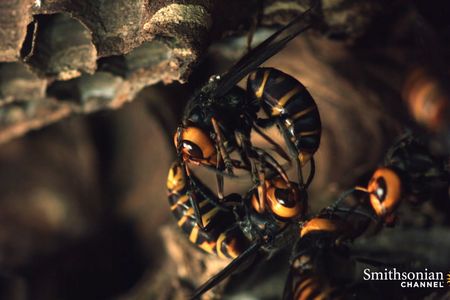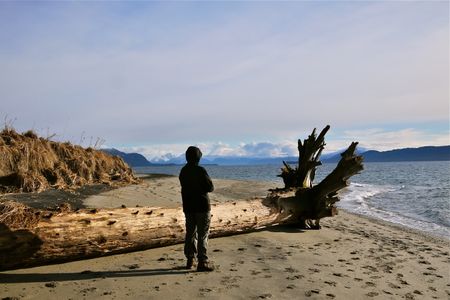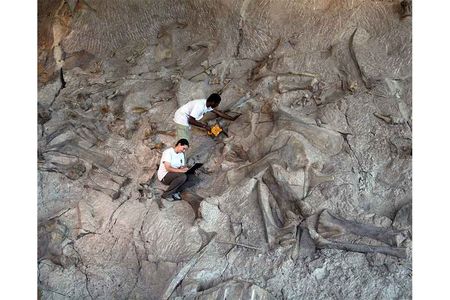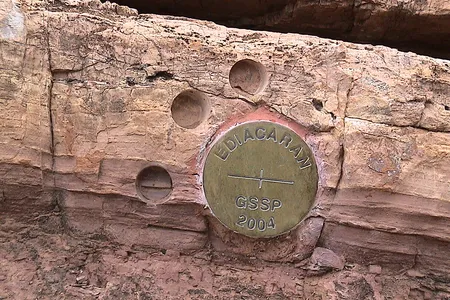Journey to the Center of Earth
Oklahoma Just Had Its Biggest Quake Ever, and There May Be More to Come
Oklahoma’s recent string of earthquakes are something new for the state
Smithsonian Expert Fills in the Missing Science Behind the Movie “Sully”
Forensic ornithologist Carla Dove shares her story of analyzing the bird remains or “snarge” scraped from the engines of flight 1549
Can We Save Mars From Ourselves?
When we travel to Earth-like worlds, contamination may be inevitable
Cameras Capture a Hornet Hatching Up-Close
After two weeks of encasement, it’s time for the larvae, now adult hornets, to leave their silk cocoons. Get an intimate look at the moment one hatches
The True Story of “Hidden Figures,” the Forgotten Women Who Helped Win the Space Race
A new book and movie document the accomplishments of NASA’s black “human computers” whose work was at the heart of the country’s greatest battles
The Story of a Resurrected Antiviral Could Hold Lessons for Combating Zika
How Stanford scientists used two genetic screening techniques in tandem to unravel the mystery of a discarded antiviral
Astrophysicist Mario Livio on the Intersection of Art and Science
The scientist considers both a response to the vastness of the universe
Captive Komodo Dragons Share Their Teeming Microbiome with Their Environment, Just Like Us
Komodos could be the perfect model for studying host-microbe interactions
Inside a Remarkable Repository that Supplies Eagle Parts to Native Americans and Science
The repository, which has long provided feathers to tribes for traditional uses, also helps bird conservation researchers
Dogs Know When You’re Praising Them. That Doesn’t Mean They Understand Human Speech
A dose of caution with the results of an intriguing new study
How the Next Generation of Mars Rovers will Search for Signs of Life
The Mars 2020 rover doesn’t even have a name yet—but it already has an ambitious goal
SpaceX Explosion Sets Back Launch Date, Hopes
The Falcon 9 blow up may be a sign that Elon Musk is moving too fast
Solving the Mystery of the Milky Way’s Missing Mass
Smithsonian scientists have discovered a huge cloud of super hot gas expanding from the middle of our galaxy
Two Giant Killer Hornet Colonies Battle to the Death
A giant killer hornet war is waged between two colonies, and the resources, territories, and survival of a new generation are at stake
Journey to the Center of Earth
Melting Glaciers Are Wreaking Havoc on Earth’s Crust
Sea levels are dropping, earthquakes and volcanoes are waking up, and even the earth’s axis is moving—all because of melting ice
You Can Thank Scientists for the National Park System
Early conservation research and scientific expeditions laid the groundwork and helped to convince the public national parks were a good idea
The Quest to Build the First Robotic Vagina
Your reproductive tract is a biological miracle, and researchers are trying to recreate it
Where in the World Is the Anthropocene?
Some geologists believe we’ve entered a new era. Now they have to search for the rocks that prove it
Here’s a Food Wrapper You Can Eat
Made from milk protein, it not only keeps food from spoiling, but it also could keep a lot of plastic out of landfills
Ask Smithsonian: What Is a Dimple?
Michael Jordan, Vanessa Hudgens and all those celeb dimples to die for? Just a result of a double zygomaticus major muscle
Page 167 of 451



